Home>Furniture & Design>Interior Design Trends>What Is Lead Glass
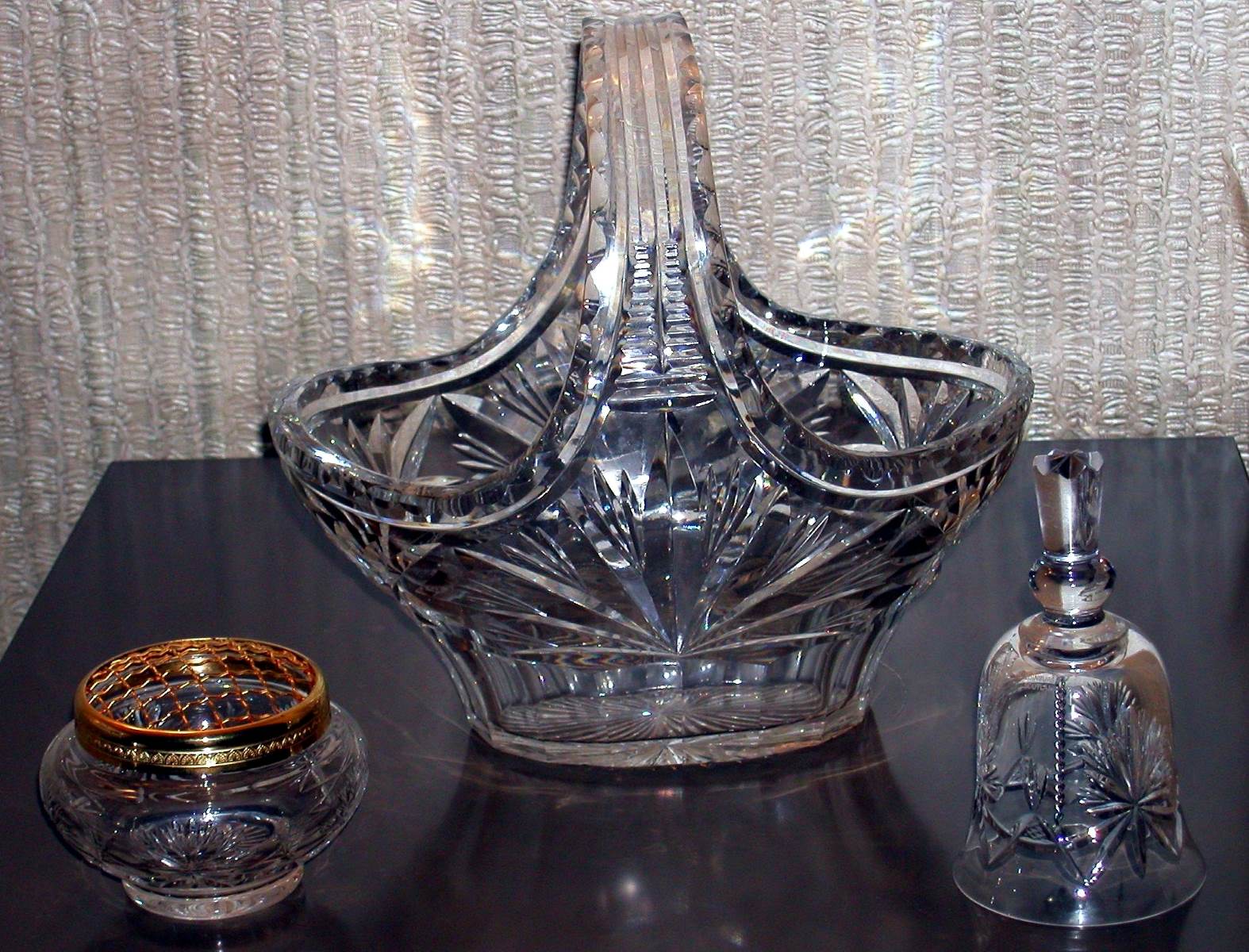

Interior Design Trends
What Is Lead Glass
Modified: February 18, 2024
Discover how lead glass can elevate your interior design with the latest trends. Learn about its unique properties and applications in modern design. Explore the possibilities today!
(Many of the links in this article redirect to a specific reviewed product. Your purchase of these products through affiliate links helps to generate commission for Storables.com, at no extra cost. Learn more)
Introduction
Lead glass, also known as crystal, is a type of glass that has been prized for centuries for its exceptional clarity, brilliance, and luxurious appeal. This unique glass variety contains a significant amount of lead oxide, which enhances its optical properties, making it highly desirable for a wide range of decorative and functional applications.
Lead glass has a rich history and has been revered for its beauty and versatility. Its distinct characteristics have made it a popular choice for creating exquisite glassware, chandeliers, jewelry, and decorative ornaments. The allure of lead glass lies in its ability to refract light with unparalleled brilliance, creating a dazzling display that captivates the eye and adds an air of sophistication to any setting.
As we delve deeper into the world of lead glass, we will explore its fascinating history, delve into its unique properties, uncover its diverse uses, and address important safety considerations associated with this remarkable material. Join us on this journey to discover the allure and enduring appeal of lead glass, a timeless treasure that continues to enchant and inspire.
Key Takeaways:
- Lead glass, also known as crystal, has a rich history and exceptional properties, making it a timeless treasure for creating exquisite glassware, chandeliers, jewelry, and decorative ornaments.
- While lead glass is prized for its beauty and versatility, it raises safety concerns due to potential lead leaching. Consumers should exercise caution and consider lead-free alternatives for food and beverage usage.
Read more: How To Make Leaded Glass Window
History of Lead Glass
Lead glass has a captivating history that spans centuries, tracing its origins to the late 17th century. The development of lead glass is attributed to George Ravenscroft, an English glassmaker who sought to create a glass of exceptional clarity and brilliance. In 1674, Ravenscroft introduced lead oxide into the glassmaking process, a groundbreaking innovation that revolutionized the industry and gave birth to lead glass, also known as crystal.
Ravenscroft's pioneering use of lead oxide resulted in a glass with remarkable optical properties, setting it apart from traditional soda-lime glass. The addition of lead oxide enhanced the refractive index of the glass, leading to unparalleled brilliance and sparkle. This marked the beginning of lead glass's ascent to prominence as a coveted material for crafting exquisite glassware, chandeliers, and decorative objects.
During the 18th and 19th centuries, lead glass experienced a golden age, particularly in Europe, where it became synonymous with luxury and opulence. Renowned glassmaking centers such as Bohemia (now part of the Czech Republic), England, and France became hubs for producing exquisite lead crystal pieces that adorned royal courts and affluent households. The intricate cutting and engraving techniques employed by skilled artisans further elevated the allure of lead glass, making it a symbol of prestige and refinement.
In the 20th century, lead glass continued to captivate enthusiasts and collectors worldwide, with renowned companies such as Waterford Crystal and Baccarat setting the standard for exceptional craftsmanship and timeless elegance. Despite the emergence of alternative materials, lead glass maintained its allure, cherished for its unparalleled clarity and luminosity.
Today, lead glass remains a cherished and sought-after material, revered for its timeless beauty and enduring appeal. While modern safety regulations have led to a reduction in the lead content of glassware, the legacy of lead glass continues to inspire artisans and designers, ensuring that its rich history and unparalleled charm endure for generations to come.
Properties of Lead Glass
Lead glass possesses a distinctive set of properties that distinguish it from traditional glass and contribute to its enduring allure. These properties are a testament to the unique characteristics that have made lead glass a cherished material for artisans, designers, and collectors alike.
1. Exceptional Clarity and Brilliance
Lead glass is renowned for its exceptional clarity and brilliance, which are attributed to the presence of lead oxide in its composition. The addition of lead oxide enhances the glass's refractive index, allowing it to refract light with unparalleled brilliance. This property gives lead glass its signature sparkle and luminosity, creating a mesmerizing display that captivates the eye and adds a touch of luxury to any setting.
2. Weight and Density
Due to the incorporation of lead oxide, lead glass is notably heavier and denser than traditional glass. This added weight contributes to the substantial feel and luxurious appeal of lead glassware, making it a preferred choice for creating elegant and substantial pieces that exude sophistication and refinement.
Read more: How To Tell If Glass Has Lead
3. Softness and Malleability
Lead glass exhibits a degree of softness and malleability that sets it apart from other glass varieties. This characteristic makes lead glass conducive to intricate cutting, engraving, and shaping techniques, allowing artisans to create elaborate designs and exquisite patterns that enhance its visual appeal. The malleability of lead glass enables skilled craftsmen to achieve intricate detailing and fine ornamentation, adding a layer of artistry to each piece.
4. Acoustic Properties
Another notable property of lead glass is its unique acoustic properties. When struck, lead glass produces a distinct, resonant tone that adds to its allure. This acoustic quality has made lead glass a preferred material for crafting exquisite musical instruments, such as glass harps and glass bells, where its resonant properties contribute to the creation of melodious and ethereal sounds.
5. Durability and Resilience
Despite its relatively soft nature, lead glass exhibits a remarkable level of durability and resilience. When handled with care, lead glassware can withstand the test of time, retaining its lustrous sheen and captivating beauty for generations. This enduring quality has cemented lead glass's reputation as a timeless material that transcends trends and continues to enchant admirers worldwide.
In summary, the exceptional clarity, weight, malleability, acoustic properties, and durability of lead glass collectively contribute to its enduring appeal and timeless allure. These properties underscore the unique charm and versatility of lead glass, making it a cherished material that continues to inspire awe and admiration across generations.
Uses of Lead Glass
Lead glass, with its exceptional optical properties and luxurious appeal, finds a wide array of applications across various industries and artistic endeavors. The unique characteristics of lead glass make it a preferred choice for creating exquisite and functional items that exude elegance and sophistication.
Read more: What Dinnerware Is Lead And Cadmium Free?
1. Glassware and Tableware
Lead glass is renowned for its exceptional clarity and brilliance, making it an ideal material for crafting high-end glassware and tableware. From dazzling wine glasses and sparkling decanters to intricately cut bowls and ornate serving platters, lead glass elevates the dining experience with its luminous beauty. The exquisite craftsmanship and timeless elegance of lead glassware add a touch of refinement to any table setting, making it a coveted choice for special occasions and formal gatherings.
2. Chandeliers and Lighting Fixtures
The unparalleled refractive properties of lead glass make it a natural choice for creating stunning chandeliers and lighting fixtures. The ability of lead glass to refract and disperse light with exceptional brilliance adds a captivating allure to any space. Whether adorning grand ballrooms or enhancing the ambiance of intimate settings, lead glass chandeliers and lighting fixtures create a mesmerizing interplay of light and shadow, infusing the surroundings with an enchanting radiance.
3. Decorative Ornaments and Artistic Creations
Lead glass serves as a versatile medium for artisans and designers to express their creativity and craftsmanship. Intricately cut and engraved lead glass ornaments, sculptures, and art pieces showcase the material's ability to capture and reflect light in captivating ways. From delicate figurines to elaborate crystal sculptures, lead glass lends itself to the creation of timeless artistic masterpieces that adorn homes, galleries, and public spaces with their enduring beauty.
4. Jewelry and Accessories
The lustrous appeal and captivating sparkle of lead glass make it a favored material for crafting exquisite jewelry and accessories. Lead glass crystals, often used as dazzling focal points in earrings, pendants, and bracelets, add a touch of glamour and sophistication to fine jewelry pieces. The radiant allure of lead glass enhances the visual impact of jewelry, creating captivating adornments that exude timeless elegance and charm.
Read more: Why Does Crystal Glass Contain Lead?
5. Optics and Scientific Instruments
The optical properties of lead glass make it valuable in the production of precision lenses, prisms, and scientific instruments. Its ability to refract and focus light with exceptional clarity and precision makes lead glass an essential component in optical devices, telescopes, and specialized equipment used in scientific research and exploration. The superior optical performance of lead glass contributes to the advancement of various fields, from astronomy to microscopy, enabling the study and observation of the world with unparalleled clarity.
In summary, the diverse uses of lead glass encompass a wide spectrum of applications, ranging from decorative and artistic pursuits to functional and scientific endeavors. Its exceptional optical properties, combined with its enduring beauty and versatility, position lead glass as a timeless and cherished material that continues to inspire creativity and innovation across various domains.
Safety Concerns with Lead Glass
Lead glass, despite its exceptional optical properties and aesthetic appeal, raises significant safety concerns due to the presence of lead oxide in its composition. The incorporation of lead oxide, while enhancing the glass's brilliance and refractive qualities, also poses potential health risks, particularly when lead glass comes into contact with food or beverages.
One of the primary safety concerns associated with lead glass pertains to lead leaching. When acidic substances, such as certain beverages or foods, come into contact with lead glassware, there is a risk of lead leaching into the contents. This can occur over time, especially with prolonged exposure or when lead glassware is used for storing or serving acidic liquids, leading to potential lead ingestion. The ingestion of lead poses serious health risks, particularly for children and pregnant women, as it can adversely affect neurological development and lead to long-term health complications.
Furthermore, the use of lead glass in food and beverage storage or serving vessels has raised regulatory concerns in various regions. Health and safety authorities have implemented guidelines and restrictions on the use of lead glassware for food and beverage purposes, aiming to mitigate the potential risks associated with lead exposure. As a result, modern lead glassware intended for food and beverage use often undergoes stringent testing and certification processes to ensure compliance with safety standards and regulations.
In response to these safety concerns, alternative materials and lead-free glass formulations have gained prominence in the production of glassware intended for food and beverage applications. Lead-free crystal, which replaces lead oxide with other metal oxides such as titanium or zirconium, offers a safer and more sustainable option for creating glassware that meets stringent safety requirements without compromising on clarity and brilliance.
While lead glass continues to be valued for its aesthetic and decorative purposes, it is essential for consumers to exercise caution and awareness when using lead glassware, especially in contexts involving food and beverages. Adhering to recommended usage guidelines and opting for lead-free alternatives can help mitigate the potential health risks associated with lead glass, ensuring the safety and well-being of individuals who interact with these exquisite yet potentially hazardous glassware.
In summary, the safety concerns associated with lead glass underscore the importance of informed usage and regulatory compliance to mitigate the potential risks of lead exposure. As awareness of these concerns grows, the industry continues to evolve, offering safer alternatives that prioritize both the aesthetic appeal and the well-being of consumers.
Conclusion
In conclusion, lead glass, with its rich history, exceptional properties, diverse uses, and safety considerations, stands as a timeless testament to the enduring allure of this remarkable material. From its origins in the innovative work of George Ravenscroft to its continued presence in modern design and craftsmanship, lead glass has left an indelible mark on the world of decorative arts, luxury goods, and scientific advancements.
The history of lead glass is a narrative of innovation and refinement, marked by the pioneering efforts of visionaries such as George Ravenscroft, whose quest for exceptional clarity and brilliance led to the creation of lead glass. The golden age of lead glass during the 18th and 19th centuries saw it become synonymous with opulence and luxury, adorning royal courts and affluent households with its exquisite craftsmanship and luminous beauty. Today, lead glass continues to inspire artisans and designers, preserving its legacy as a cherished material that transcends time and trends.
The properties of lead glass, including its exceptional clarity, weight, malleability, acoustic qualities, and durability, underscore its unique appeal and versatility. These properties have made lead glass a preferred choice for creating a wide range of items, from elegant glassware and lighting fixtures to intricate ornaments and scientific instruments. The ability of lead glass to refract light with unparalleled brilliance has captivated generations, adding a touch of sophistication and enchantment to every application.
The diverse uses of lead glass across artistic, functional, and scientific domains highlight its enduring relevance and adaptability. Whether adorning grand dining tables, illuminating majestic chandeliers, or enabling scientific exploration, lead glass continues to captivate and inspire with its timeless beauty and exceptional optical properties.
However, it is crucial to acknowledge the safety concerns associated with lead glass, particularly in the context of food and beverage usage. The potential risks of lead leaching and ingestion necessitate informed usage and regulatory compliance to ensure the well-being of individuals who interact with lead glassware. As awareness grows, the industry continues to evolve, offering safer alternatives that prioritize both aesthetic appeal and consumer safety.
In essence, lead glass remains a cherished and sought-after material, revered for its timeless beauty, exceptional properties, and enduring legacy. Its captivating history, versatile applications, and evolving industry landscape position lead glass as a material that continues to inspire awe and admiration, ensuring that its allure endures for generations to come.
Frequently Asked Questions about What Is Lead Glass
Was this page helpful?
At Storables.com, we guarantee accurate and reliable information. Our content, validated by Expert Board Contributors, is crafted following stringent Editorial Policies. We're committed to providing you with well-researched, expert-backed insights for all your informational needs.
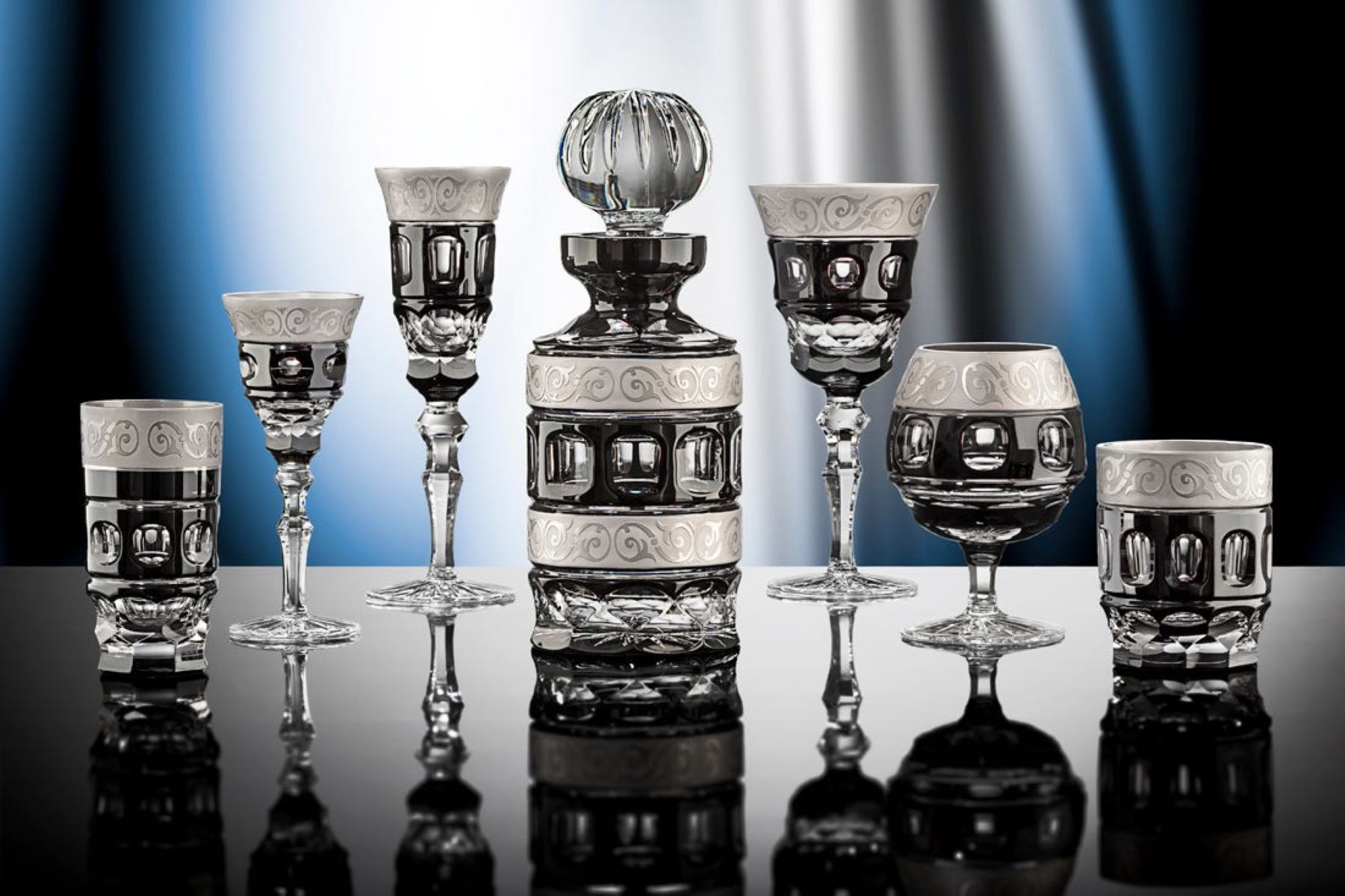
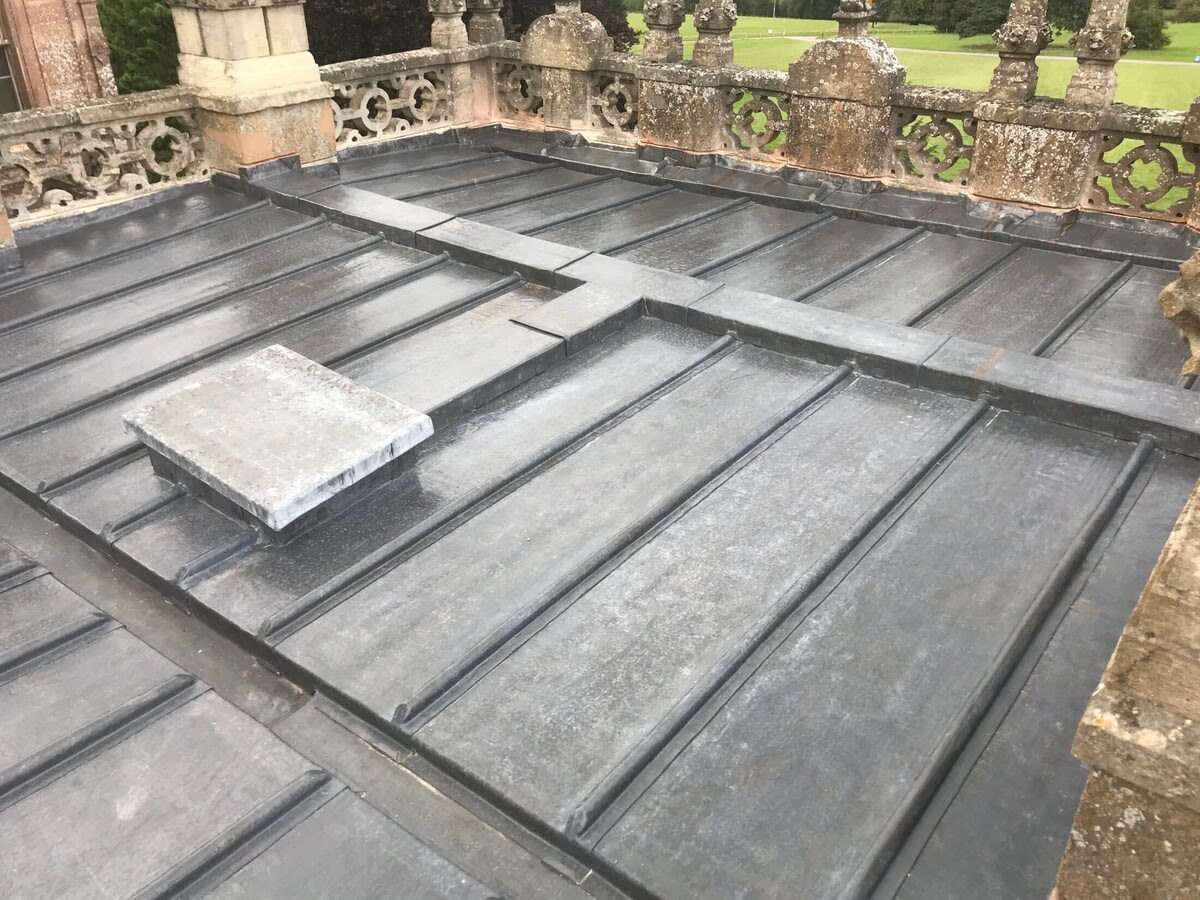

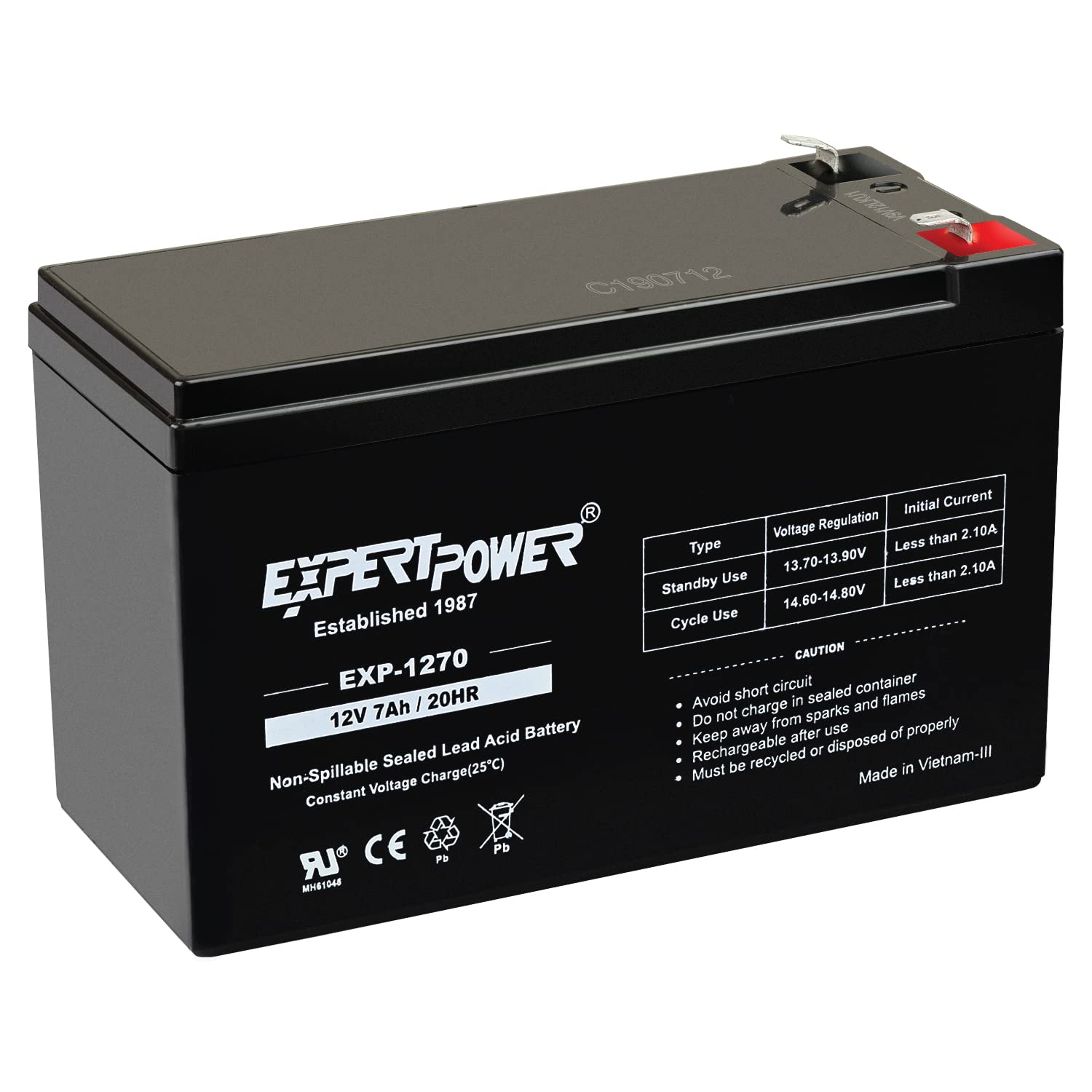
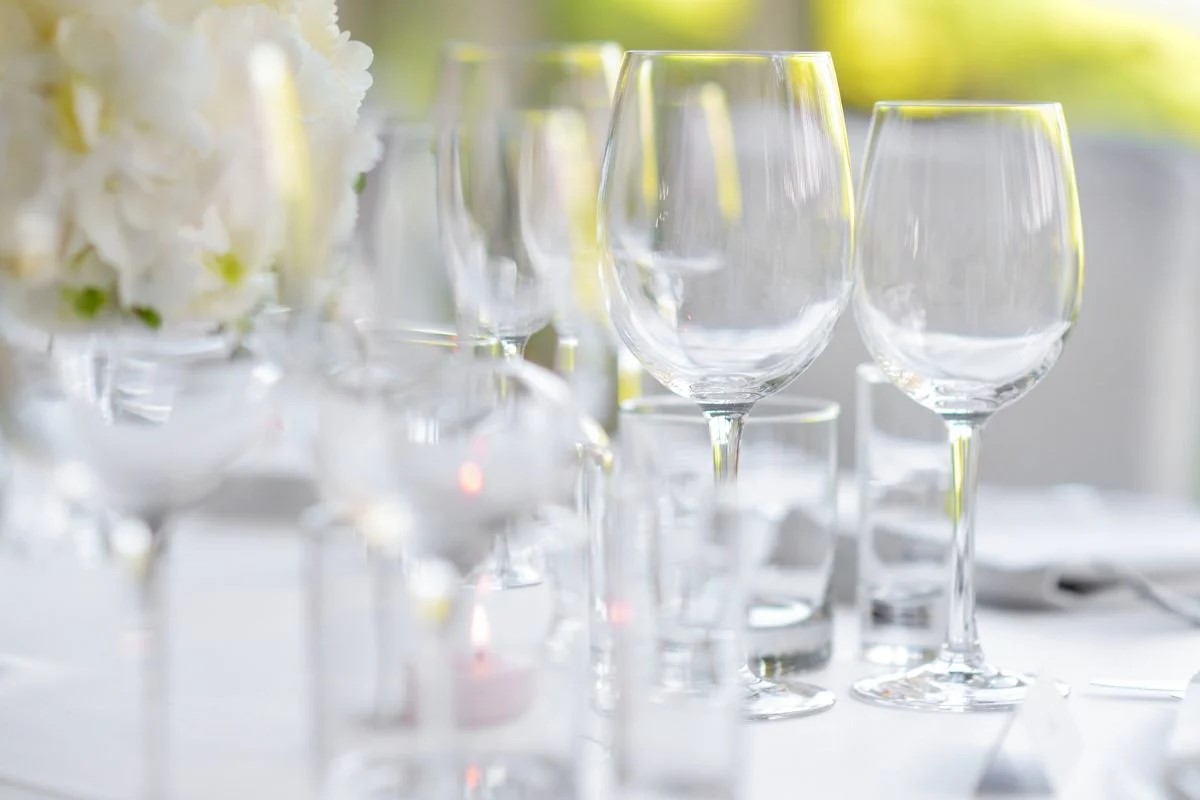



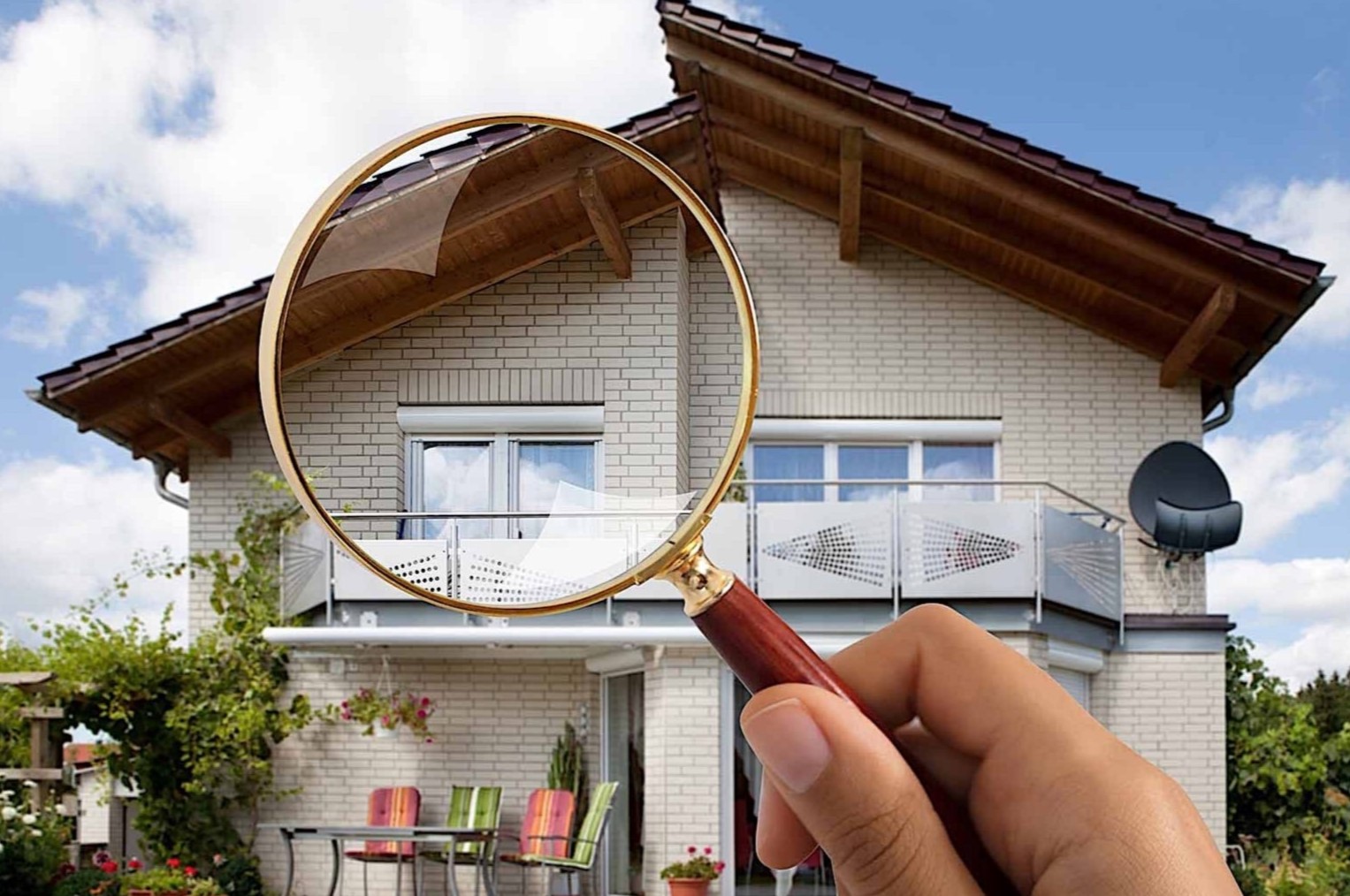
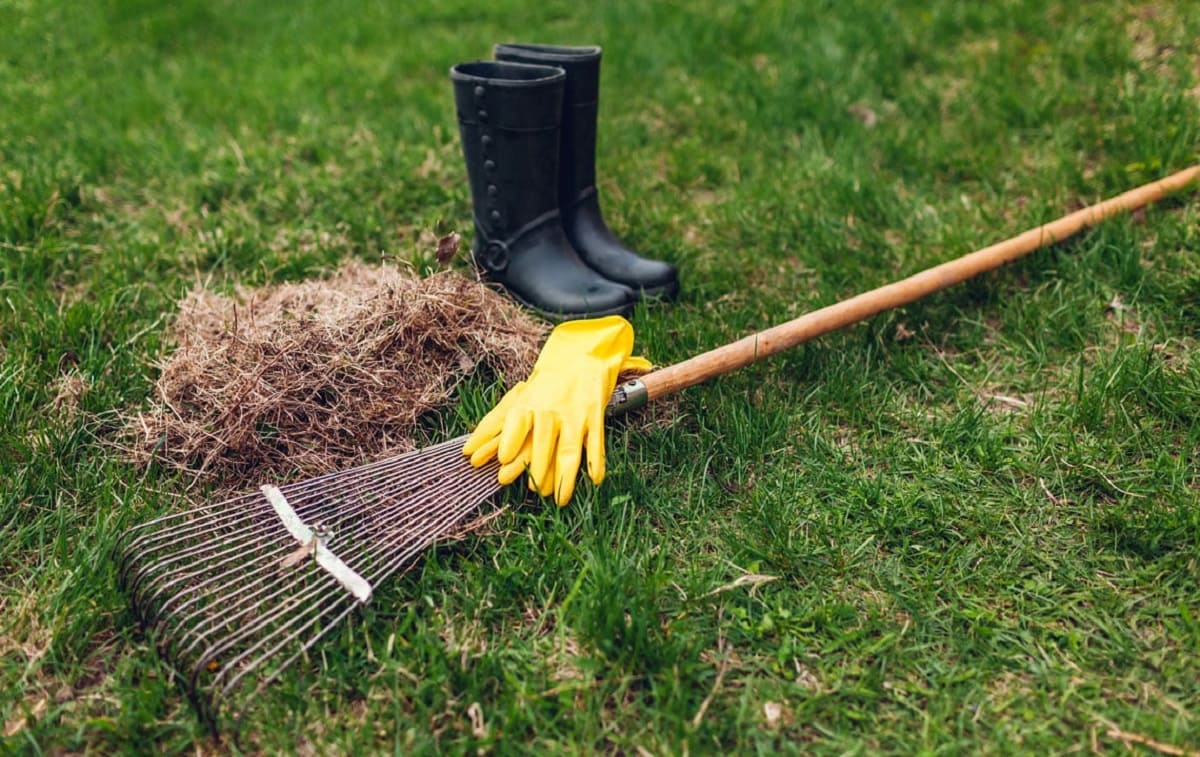

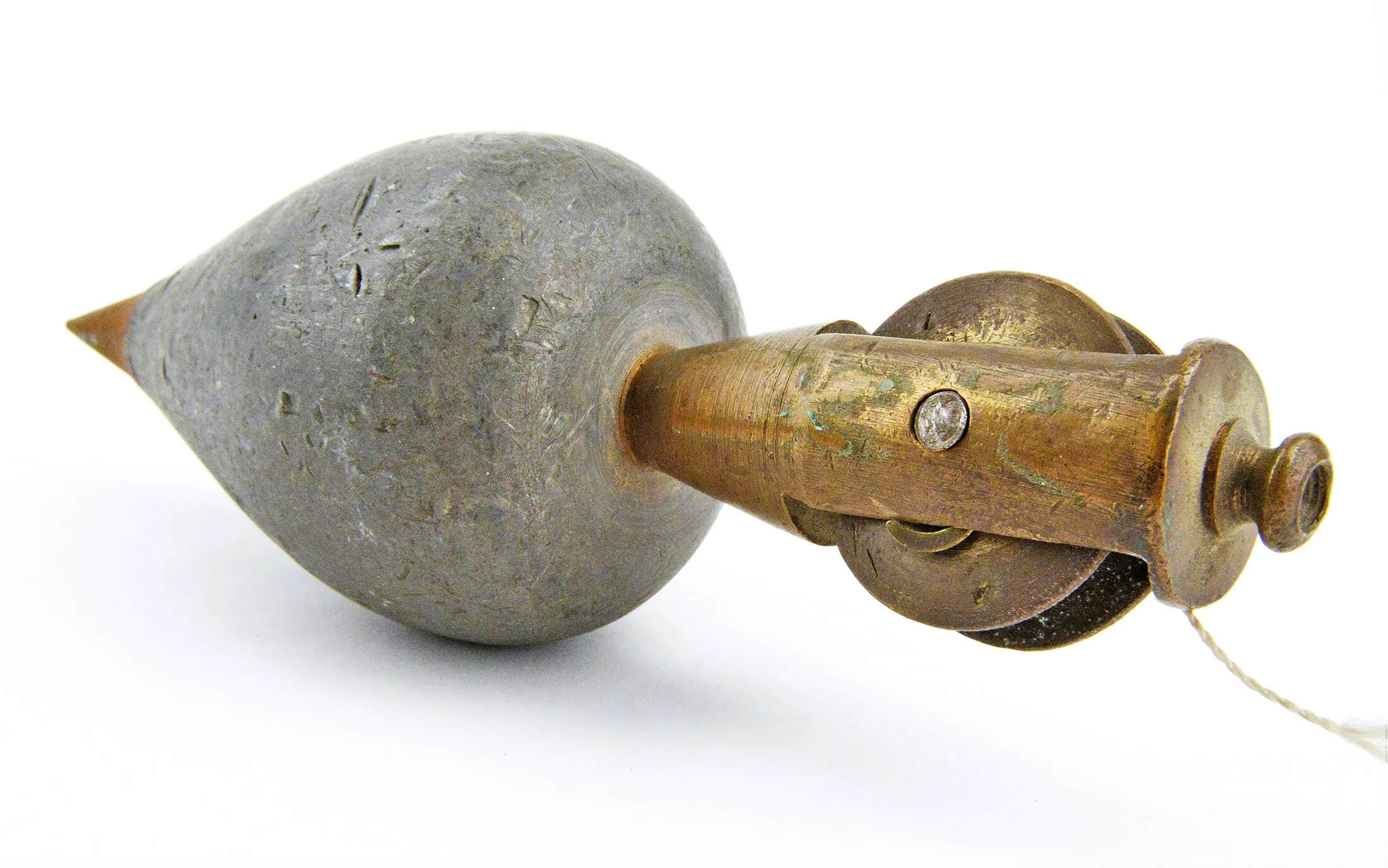

0 thoughts on “What Is Lead Glass”